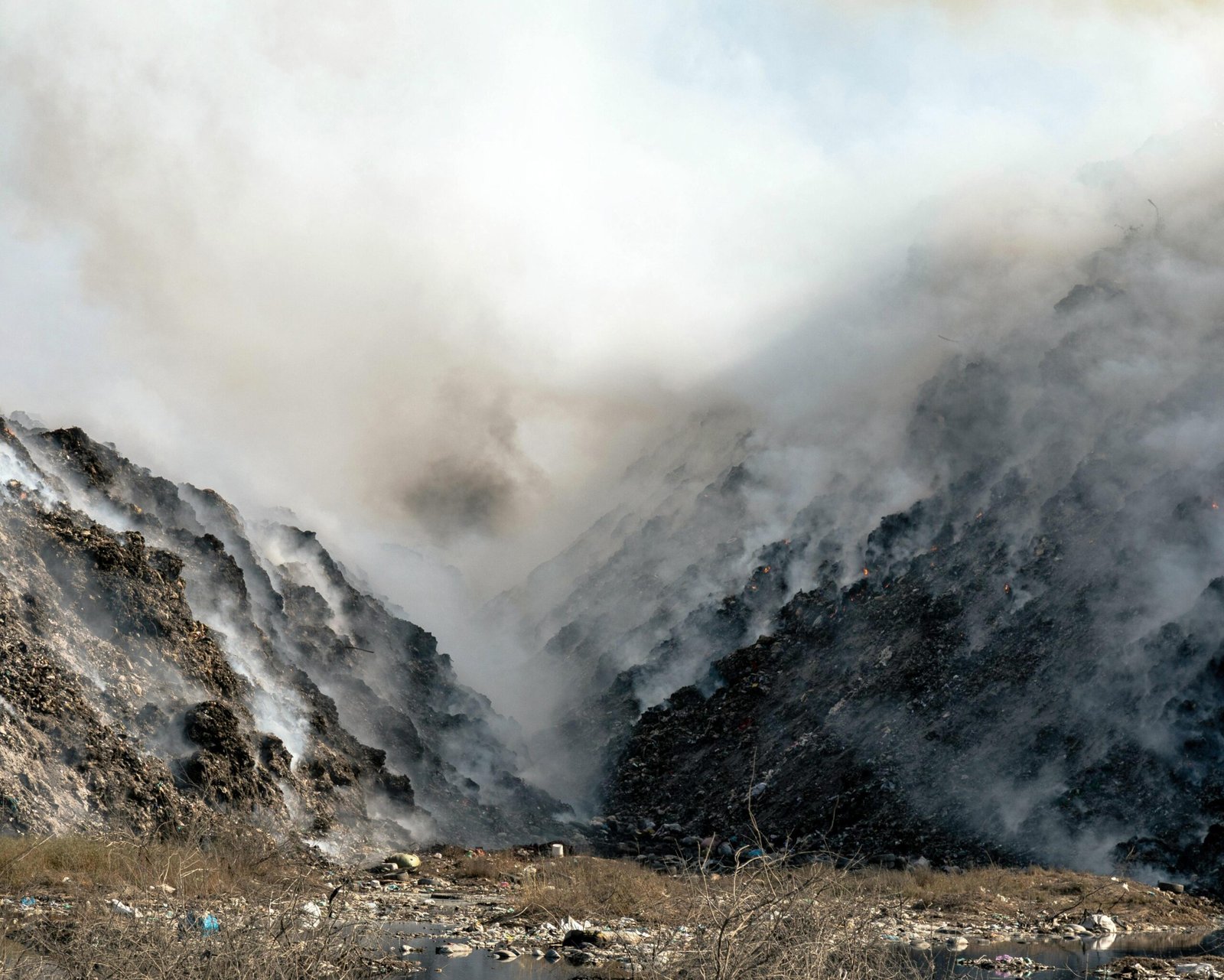Modern Revolutions in Environmental Science and Climate Change
January 4, 2025 | by gohar.ayub714@gmail.com
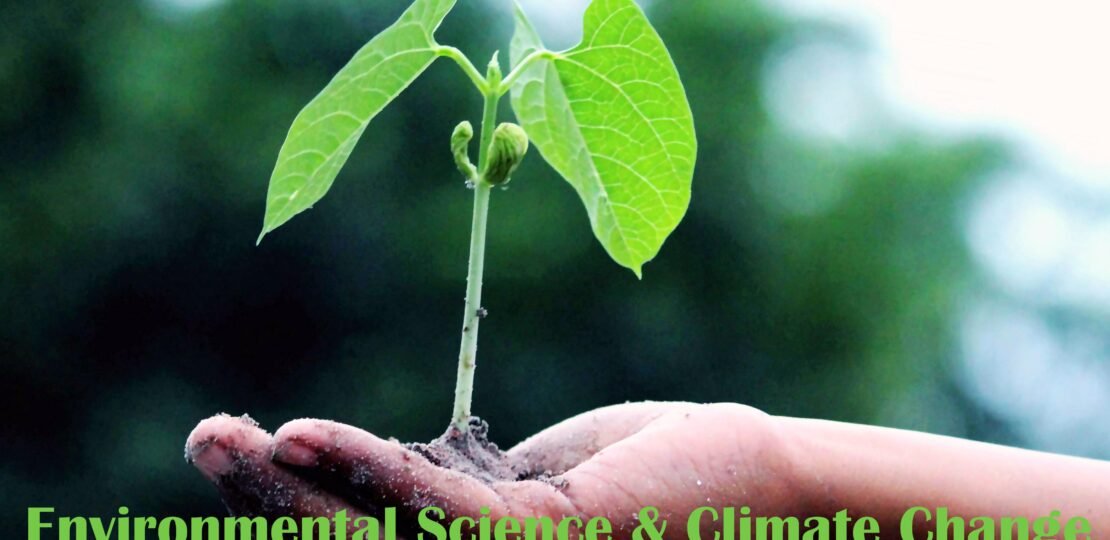
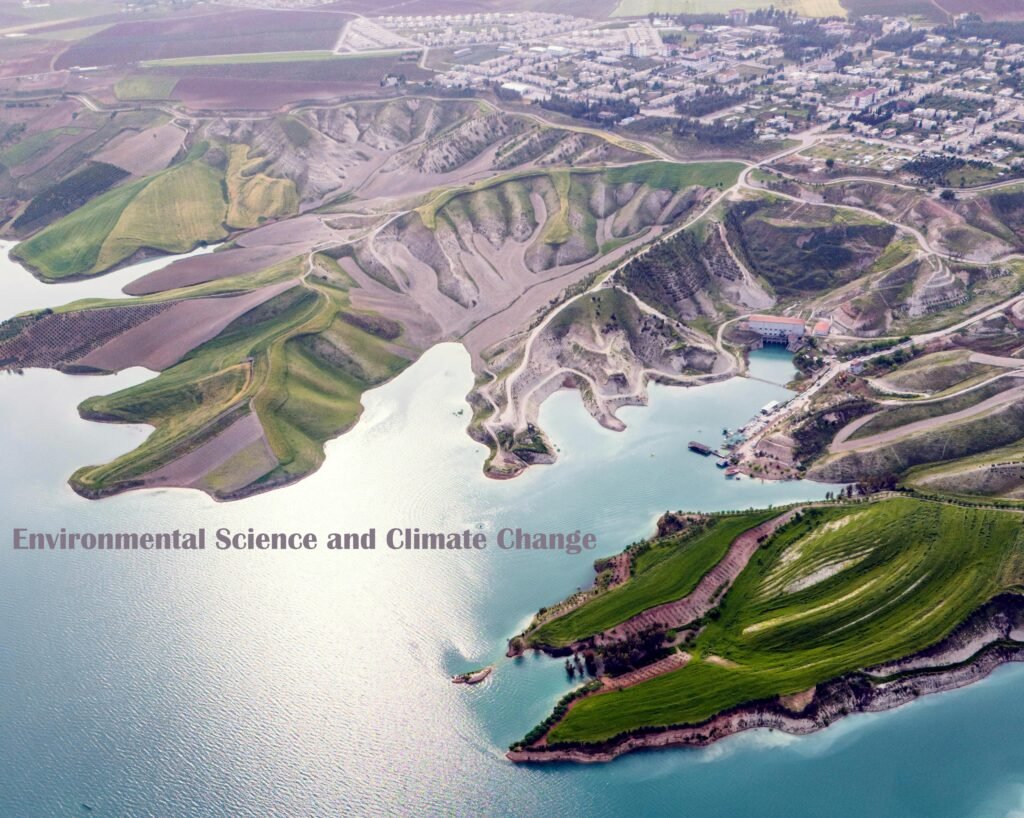
Environmental Science
Environmental science is an interdisciplinary discipline that integrates biological, physical, and social sciences to enhance understanding of the complex interactions between humans and their environment. Its contemporary definition stresses sustainability, systems thinking, and creative solutions to urgent worldwide problems such as resource depletion, pollution, and biodiversity loss. Environmental science now combines cutting-edge technology such as Geographic Information Systems (GIS). However, remote sensing, and machine learning to track ecosystems, project environmental changes, and create workable answers.
Climate Change
Significant and long-term changes in temperature, precipitation patterns, and other climatic elements brought mostly by human activity constitute climate change. With growing greenhouse gas emissions, melting polar ice caps, and increasing frequency of natural disasters acting as main indicators, the current view of climate change acknowledges it as a worldwide issue. In addition to its effects on the environment, people perceive it as a threat to public health, global food security, and socioeconomic stability.
Contemporary transformations in climate change and environmental science
Recent years have seen transformative developments in the disciplines of environmental science and climate change. However, these advancements are influencing politics, businesses, and personal behavior worldwide rather than only in labs. Let’s explore some of the innovative revolutions in these important spheres and their consequences for future sustainable development.

1. Climate Modeling Precision
Modern climate modeling has advanced to provide precise and detailed forecasts. Through the application of artificial intelligence (AI) and machine learning (ML), researchers are able to replicate the impact of various environmental elements with unprecedented precision. This enables governments and businesses with practical insights to get ready for climatic calamities such as floods, storms, or droughts.
Early warnings and catastrophe readiness have prevented many deaths and lessened financial damages.
2. Technology for storing and capturing carbon emissions
Large-scale use of creative CCS technologies is currently underway to help reduce greenhouse gas emissions. Facilities either capture direct CO2 from industrial operations and the environment underground or transform it into usable goods like construction materials.
Key Human Impact: These technologies are offering a concrete road to reach net-zero emissions, therefore tackling the urgent problem of climate change.
3. Revolution in Renewable Energy
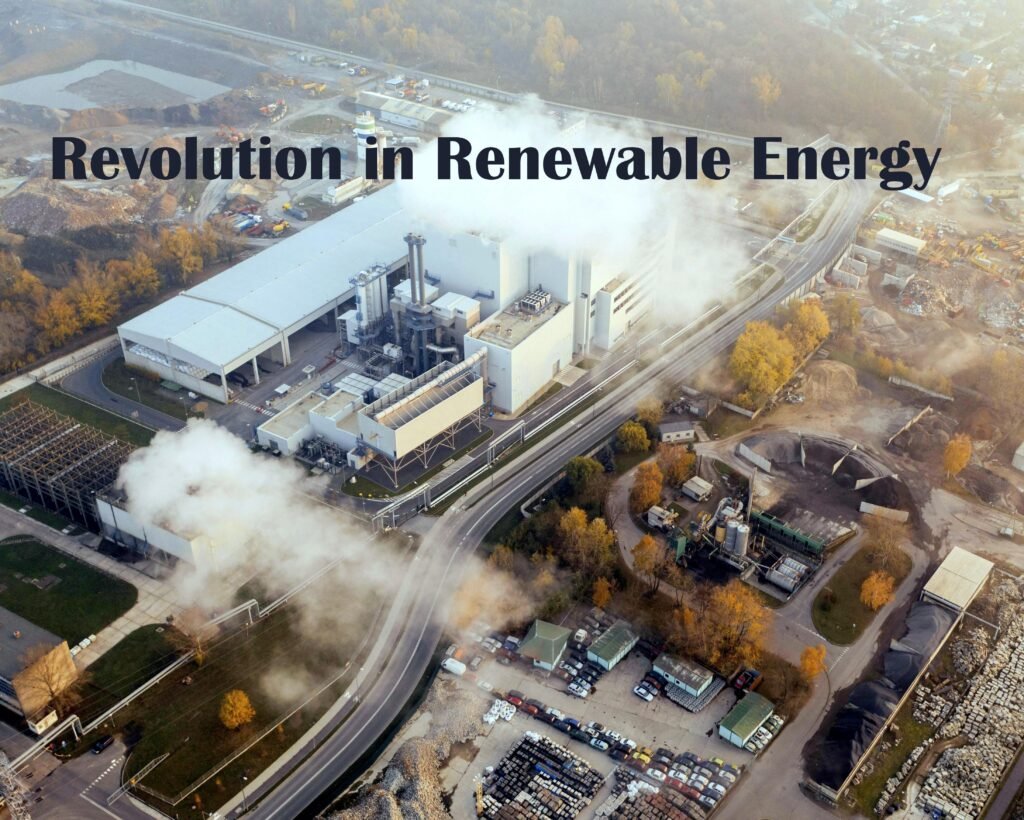
Falling costs and technical developments have caused an exponential increase in solar, wind, and hydroelectric electricity. Offshore wind farms and floating solar farms are among the innovations that release renewable energy potential in hitherto unreachable locations.
Key Human Impact: By making electricity available and reasonably priced—even in outlying areas—renewable energy is improving living conditions and lowering reliance on fossil fuels.
4. Developments in Ecological Farming

Technologies based on precision farming are transforming our food production. Farmers now have instruments to improve production while lowering environmental effects, ranging from soil sensors that optimize water use to drones tracking crop health.
Important Human Impact: Particularly in areas prone to climate change, these techniques guarantee food security and help lower the demand for natural resources.
5. Novelties in Conservation of Biodiversity

Scientists are returning extinct or threatened species into ecosystems via genetic engineering. Tracking illicit logging, poaching, and other threats to biodiversity is also benefiting from satellite surveillance and artificial intelligence-driven analytics.
Healthy ecosystems immediately enhance the quality of soil, water, and air; therefore, they benefit all living things.
6. Innovations in Circular Economies

Companies are adopting strategies that transform trash into profitable goods, such as textiles or fuel from plastic, as a result of initiatives stressing resource recovery, waste minimization, and product lifetime extension.
Key Human Impact: Less trash and pollution result in better metropolitan settings and a world fit for next generations.
7. Urban Green Development

Cities are reimagining themselves as sustainable centers through green buildings, urban woods, and clever infrastructure. Concepts such as “15-minute cities,” where neighbors can fulfill their needs within a 15-minute bike ride or stroll, are beginning to take shape.
Key Human Impact: These advances improve air quality, shorten travel times, and support community well-being, thereby raising quality of living.
8. Projects for Oceanic Restoring
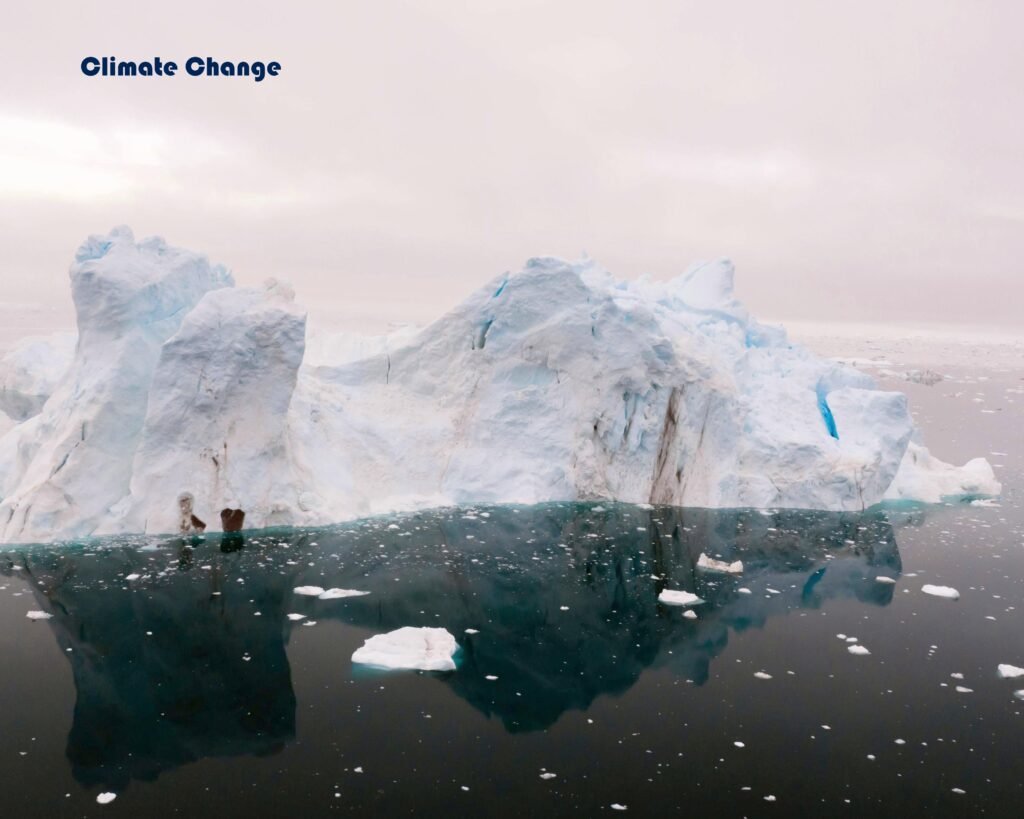
Through coral reef restoration, plastic trash cleanup, and marine ecosystem monitoring, creative ideas are addressing ocean damage. Key tools in these endeavors are technologies such as biodegradable polymers and autonomous underwater vehicles (AUVs).
Healthy seas guarantee sustained fisheries, defend coastal towns, and control world temperature trends.
9. Public participation and instruction

Social media and digital platforms have democratized environmental knowledge availability. Globally, campaigns, interactive applications, and virtual reality experiences let people of all ages relate to and find use for climate science.
A more educated population is driving grassroots initiatives, changing laws, and implementing daily sustainable behaviors.
Tenth: International Climate Agreements
Agreements like the Paris Accord have sharpened global cooperation. To fight climate change together, nations are committing to aggressive objectives for their emissions and distributing technical and financial resources.
Coordinated action guarantees that underprivileged groups get help; therefore, it builds a more equitable and strong global society.
Finally
More than mere technological wonders, the breakthroughs in environmental science and climate change reflect mankind’s will to guarantee a sustainable future. Combining creativity with group action will help us to create a society in which environmental care and wealth coexist.
Each person has a part to contribute, whether it means supporting legislative reforms, cutting waste, or using renewable energy. Working together, we can guarantee that the progress gained now will lead to a better earth for next generations.
Question
What creative ideas have you found in your neighborhood to help with environmental issues? Comment on your experiences below!
For More blogs, Visit here
https://strngerenvironment.com/category/environment-sciences
https://blogs.rsc.org/va/?doing_wp_cron=1735982594.7879040241241455078125
RELATED POSTS
View all



